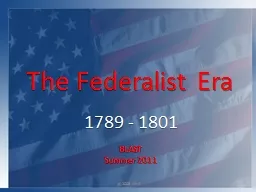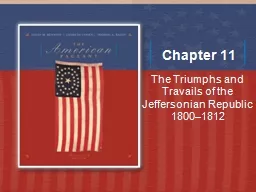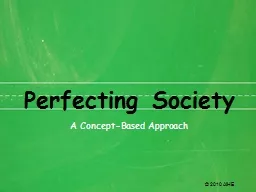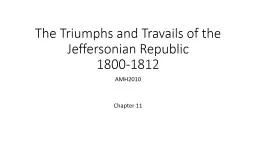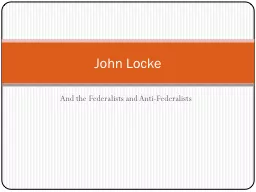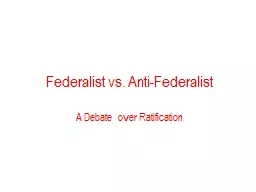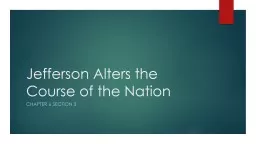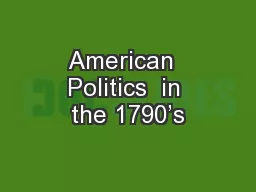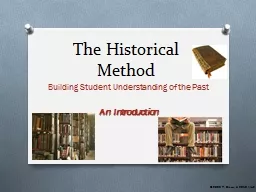PPT-The Federalist Era (c) 2009 AIHE
Author : test | Published Date : 2018-10-22
1789 1801 BLAST Summer 2011 This power point presentation is for educational purposes It may contain copyrighted material Please do not post redistribute or copy
Presentation Embed Code
Download Presentation
Download Presentation The PPT/PDF document "The Federalist Era (c) 2009 AIHE" is the property of its rightful owner. Permission is granted to download and print the materials on this website for personal, non-commercial use only, and to display it on your personal computer provided you do not modify the materials and that you retain all copyright notices contained in the materials. By downloading content from our website, you accept the terms of this agreement.
The Federalist Era (c) 2009 AIHE: Transcript
Download Rules Of Document
"The Federalist Era (c) 2009 AIHE"The content belongs to its owner. You may download and print it for personal use, without modification, and keep all copyright notices. By downloading, you agree to these terms.
Related Documents

